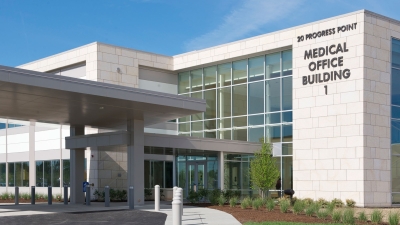Neuroradiology
Our neuroradiologists use advanced imaging tools to see inside the brain, head, neck, and spine. These techniques allow for clearer, less invasive access to the diseases, disorders, and injuries causing neurological problems.
Locations
BJC Medical Group Neurology Associates at Alton
4 Memorial Drive
Suite 230
Alton,
IL
62002
618-465-8666
BJC Medical Group Neurology Associates at Missouri Baptist Medical Center
3009 North Ballas Road
Suite 102B
St. Louis,
MO
63131
314-996-7080

BJC Medical Group Neurology Associates at Progress West
20 Progress Point Parkway
Suite 200
O'Fallon,
MO
63368
636-916-7060
BJC Medical Group Neurology Associates at St. Charles
70 Jungermann Circle
Suite 300
St. Peters,
MO
63376
636-916-7060
BJC Medical Group Neurology at Belleville - Suite 250
4700 Memorial Drive
Suite 250
Belleville,
IL
62226
618-257-6480
BJC Medical Group Neurology at Christian Hospital
1225 Graham Road
Suite 1220B
Florissant,
MO
63031
618-465-8666